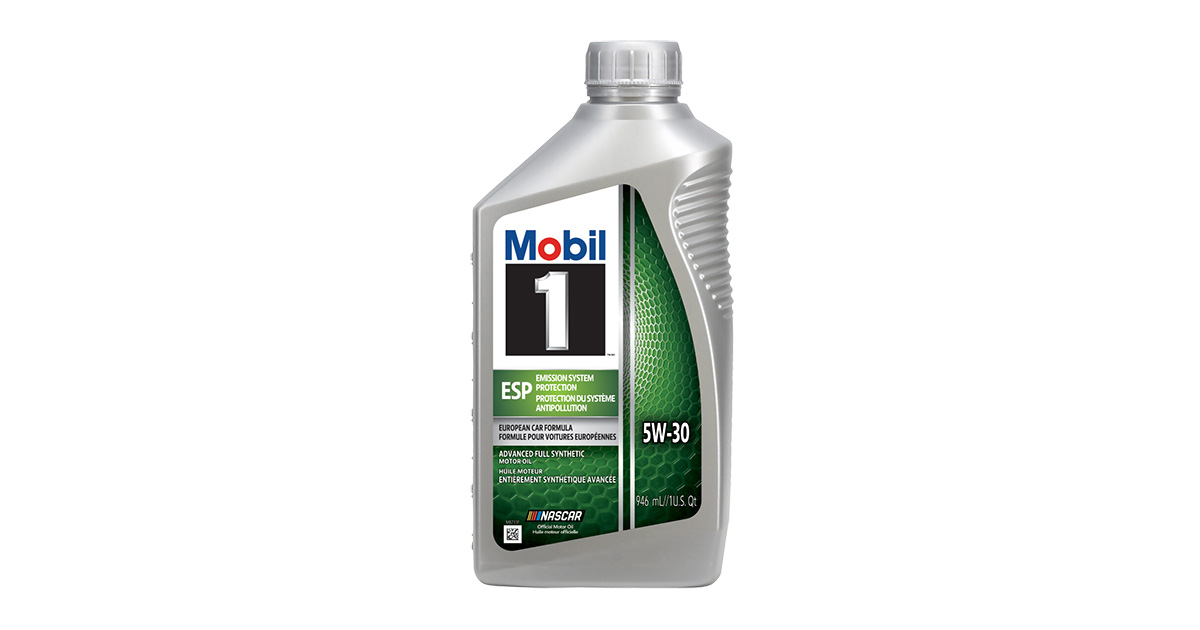Well there is no such thing as “sulfated ash” in the engine, the sulfation comes from the ASTM test procedure that measures the amount of ash. In a engine it is just “ash”.
And ESP is not high in phosphorus given the HT/HS. It’s not the lowest but it’s not high either. 1000ppm and above is high.

 www.mobil.com
www.mobil.com
And ESP is not high in phosphorus given the HT/HS. It’s not the lowest but it’s not high either. 1000ppm and above is high.

Mobil 1™ ESP 5W-30| Mobil™
Discover how Mobil 1™ ESP 5W-30 advanced synthetic motor oil helps prolong the efficiency of emission systems in diesel and gasoline powered automobiles.

